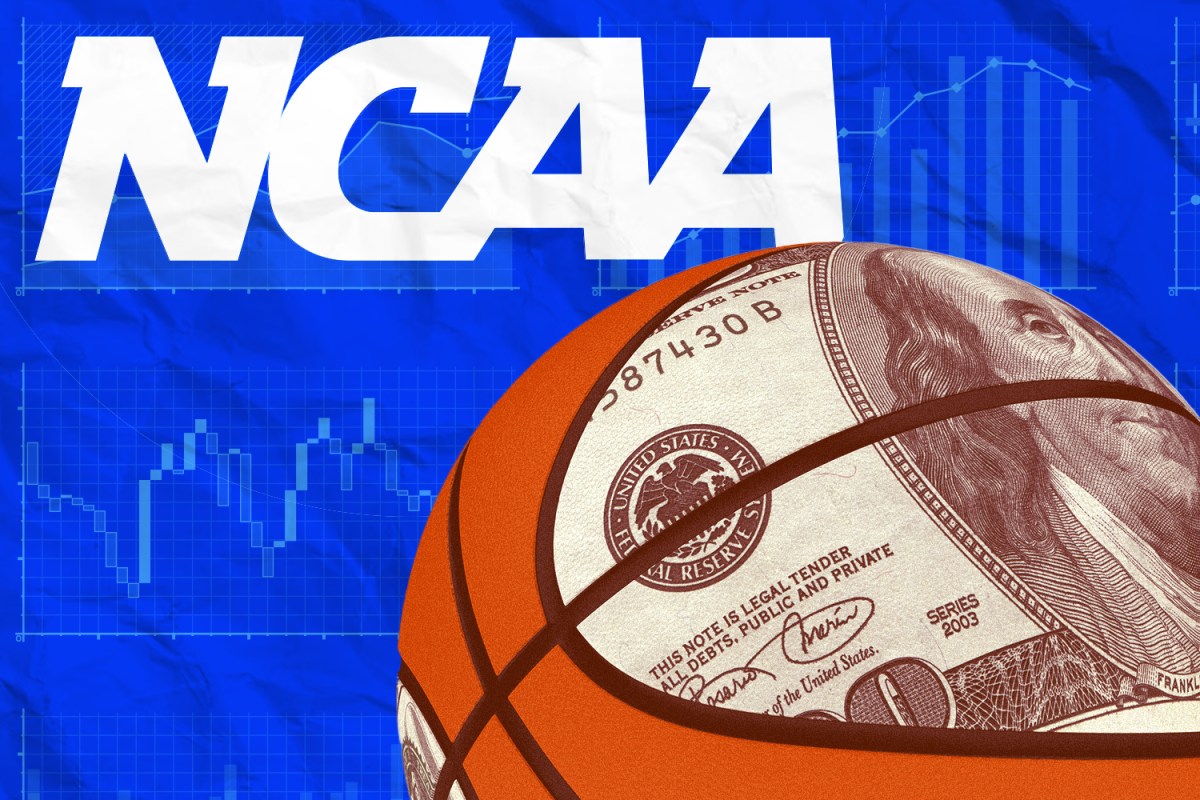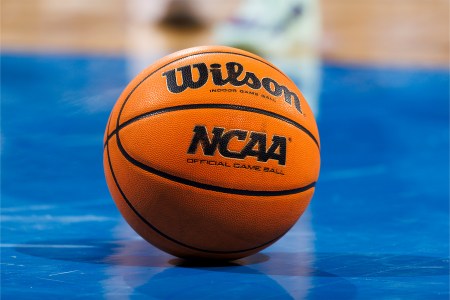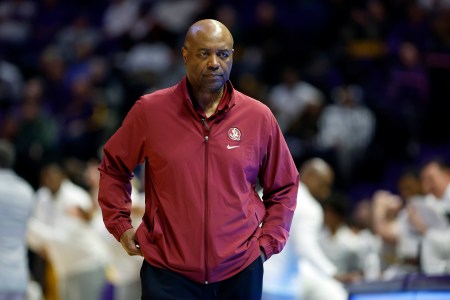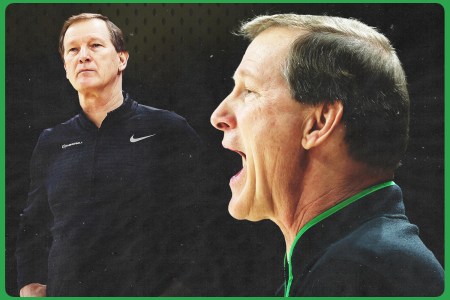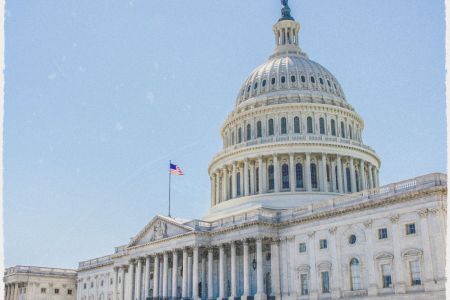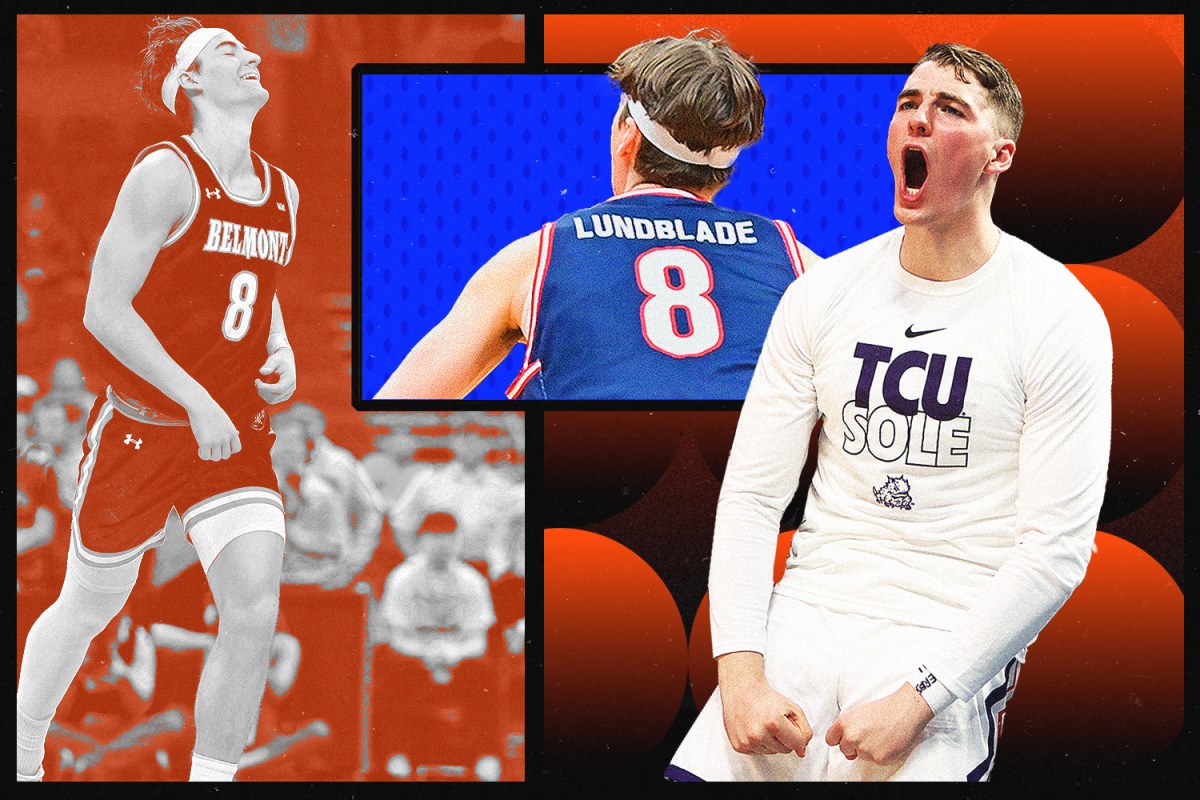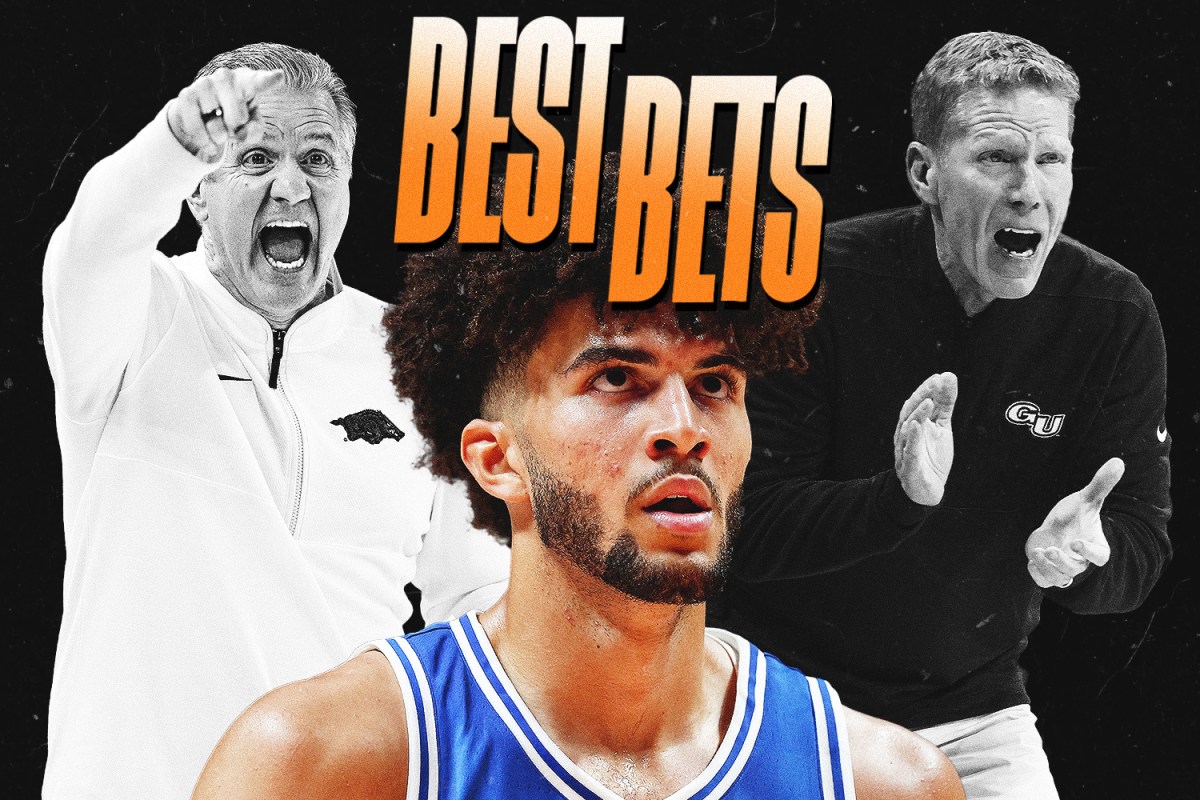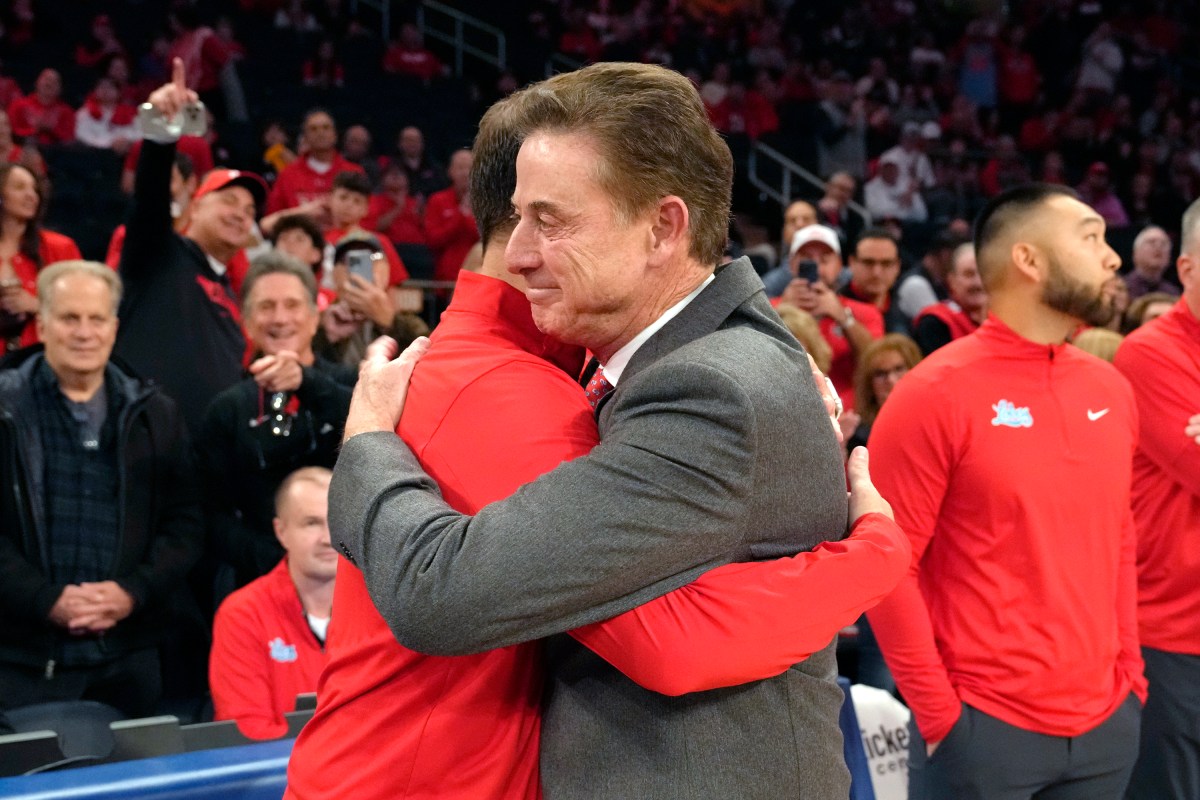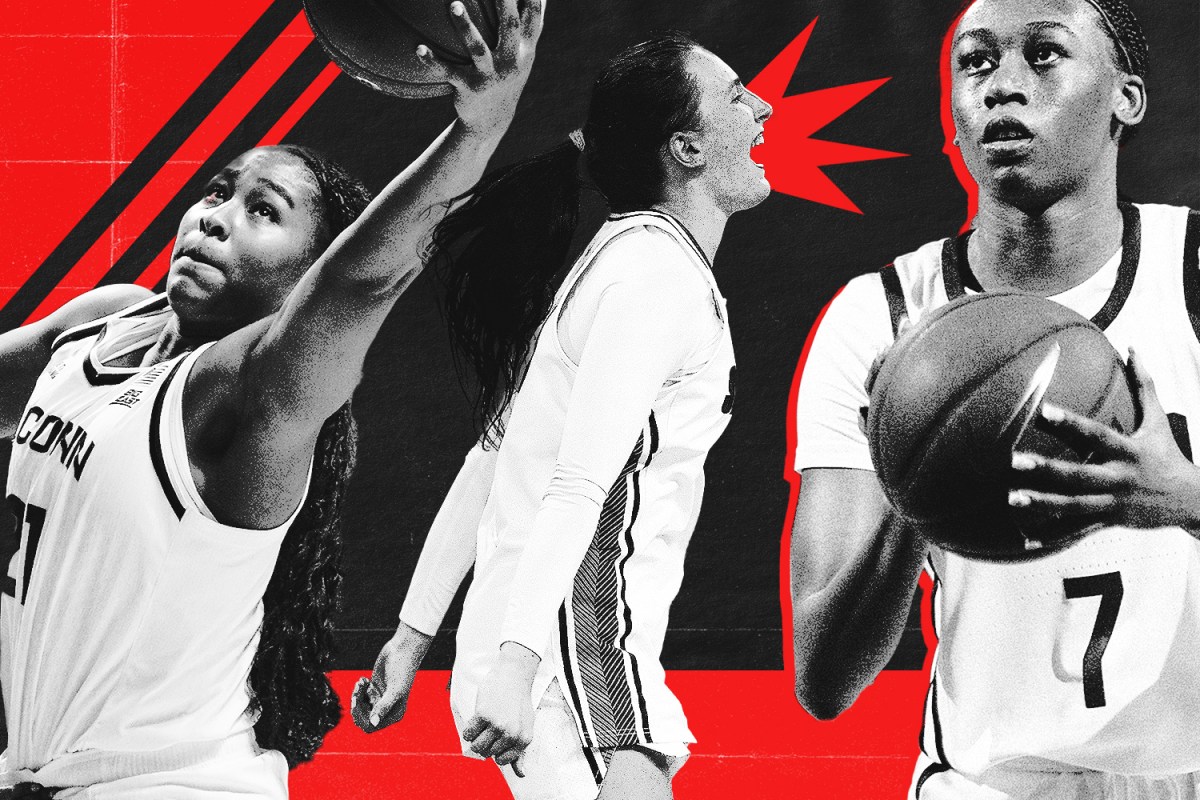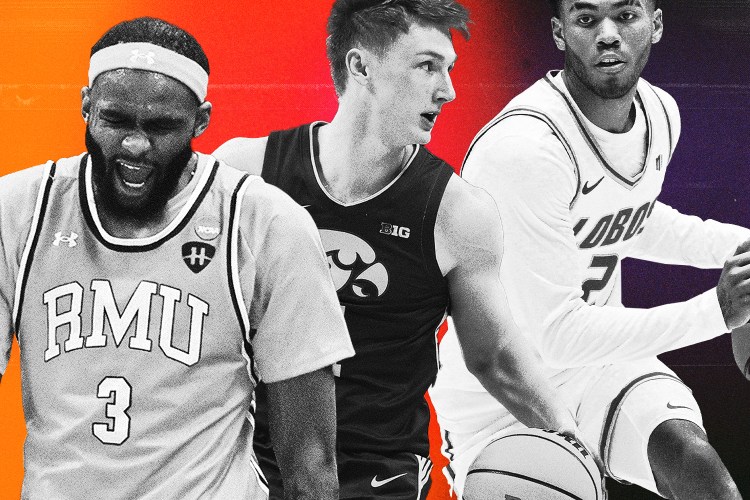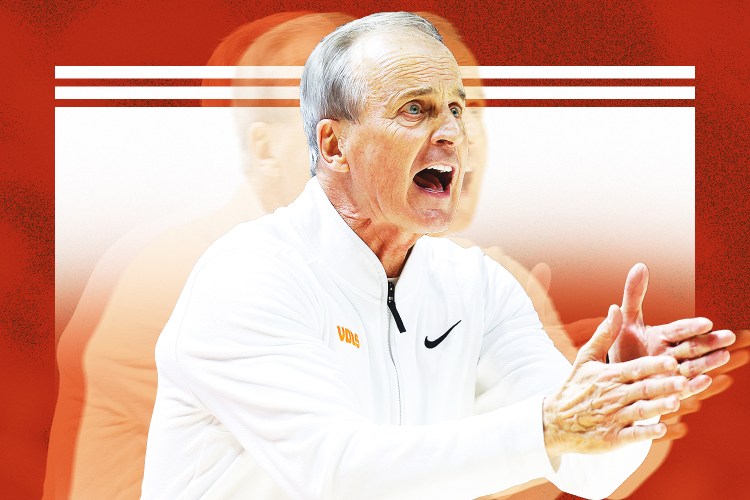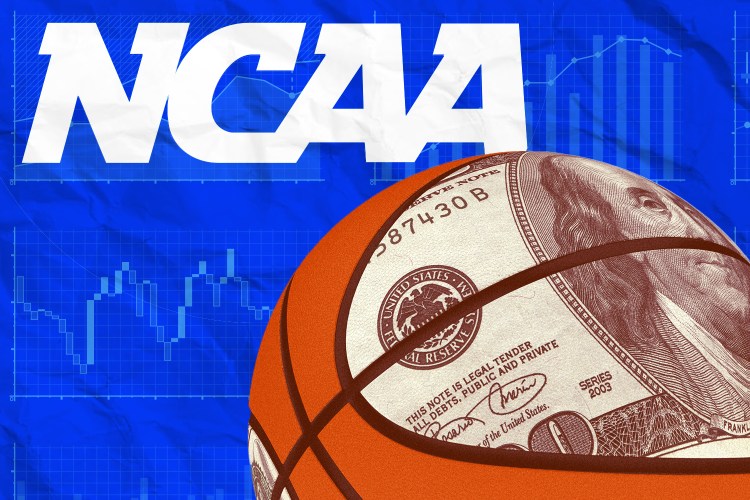Kristi Dosh is the founder of Business of College Sports. Her new book “The Athlete’s NIL Playbook: The Complete Guide to Owning and Profiting from Your Name, Image, and Likeness” will be published on July 2 by Wiley. You can pre-order it here.
On April 23, the parties in the House v. NCAA case assembled in U.S. Judge Claudia Wilken’s courtroom in Oakland, hoping that she would approve the settlement that will usher in a new era in college sports. Instead, Judge Wilken kicked the matter back to the litigants yet again due to her objections to the provision on roster limits. During a previous hearing, Judge Wilken had informed the parties that she would not approve the settlement unless the previous limits were grandfathered in to protect current athletes. Apparently, they thought she was bluffing.
Judge Wilken gave the parties 14 days to address her concerns and revise the agreement accordingly. No doubt they will make every attempt to do so. Still, the latest snag raises a compelling question as well as a nightmare scenario: What happens if this settlement is not approved by July 1, which is when the new revenue sharing model is supposed to kick in?
The surprising answer: Not much. Settlement or not, revenue sharing is going to arrive right on schedule.
The proverbial genie is out of the bottle. Schools have taken the necessary steps and made the necessary plans to implement the massive changes. They have adjusted budgets, cut sports, taken away roster spots, laid off employees and hired new ones better suited to navigate the new landscape. Contracts have already gone out to recruits and transfers, and although many are contingent on approval of the House case, both athletic departments and athletes have made decisions based on the assumption that revenue sharing will exist next school year.
That also includes the NCAA Division I Board of Directors, which proposed rule changes that would allow for revenue sharing, a move that wouldn’t actually require the settlement but could open up the association and its members to new legal claims if it doesn’t have the cover of the settlement to justify the imposed limits. Beyond that, many states such as Colorado, Georgia and Virginia have passed laws that allow schools to directly compensate college athletes. Others like Utah are considering similar legislation. In the states that allow it, schools could opt to move forward with revenue sharing even if the House settlement isn’t approved.
The original settlement eliminated scholarship limits and instead set new roster limits for every sport, a change driven by the Power Four conferences to avoid future legal challenges to scholarship limits and manage budgets. Many of these new limits are lower than the average roster size was in 2023-24. For example, men’s basketball is seeing an increase from 13 scholarships to 15. However, many schools carried 16 or 17 players, including walk-ons, and now going forward they’ll be capped at 15. The impact on many other sports is even larger, with up to 10,000 roster spots eliminated in Division I once the limits are imposed.
Even if the settlement is approved, there will still be plenty of questions. What will grandfathering look like? Will it be mandatory or voluntary? Many athletes have already been cut from their teams and have begun the process of transferring to other schools. Likewise, schools have already shifted budgets.
Under the current terms of the House settlement, each school has the option to share up to $20.5 million with its athletes in 2025-26. If it’s not approved, the schools will have the ability to adjust that figure, but it probably won’t be by much due to all the planning and budgeting that has already taken place. Just as one example, many schools have already eliminated or reduced Alston awards, which offered $2.5 million per year to some athletes beginning in the 2021-22 school year, because they would count against the cap. The full cost-of-attendance value of any new scholarships created by the new roster limits would also count against the cap up to the tune of up to $2.5 million per year.
The House Settlement Will Allow Athletes To Get Paid, But It Comes at a Cost
If some power brokers have their way, the schools will have a new method for limiting compensation
The Florida State NIL Case Is Sending an Important Message: Keep Your Promises
In an exclusive column for Hoops HQ, the plaintiffs’ attorney explains where college sports needs to go next
There has also been an enormous amount of work done to put in place a new structure to govern Name, Image and Likeness deals. The types of NIL deals we’ve seen the past four years between players and NIL collectives or brands would not count toward the revenue sharing cap. The settlement proposed a new review mechanism by which any NIL deal worth more than $600 — including multiple deals with the same entity that are more than $600 in the aggregate — must be reported. Auditing firm Deloitte has been hired to review deals and decide whether they are legitimate NIL deals for a “valid business purpose” and are at fair market value (which is sure to be the subject of a future lawsuit). It is inconceivable that the schools would toss all of this out even if the settlement is not approved.It was disappointing to everyone in college sports that Judge Wilken declined to approve the House settlement, and there are great incentives to having the matter decided once and for all. Still, it would be folly for anyone to assume that all of this progress and planning will end should the parties still fail to satisfy her. Regardless of what Judge Wilken does, revenue sharing is coming to college sports this summer. The only question is what comes next.

